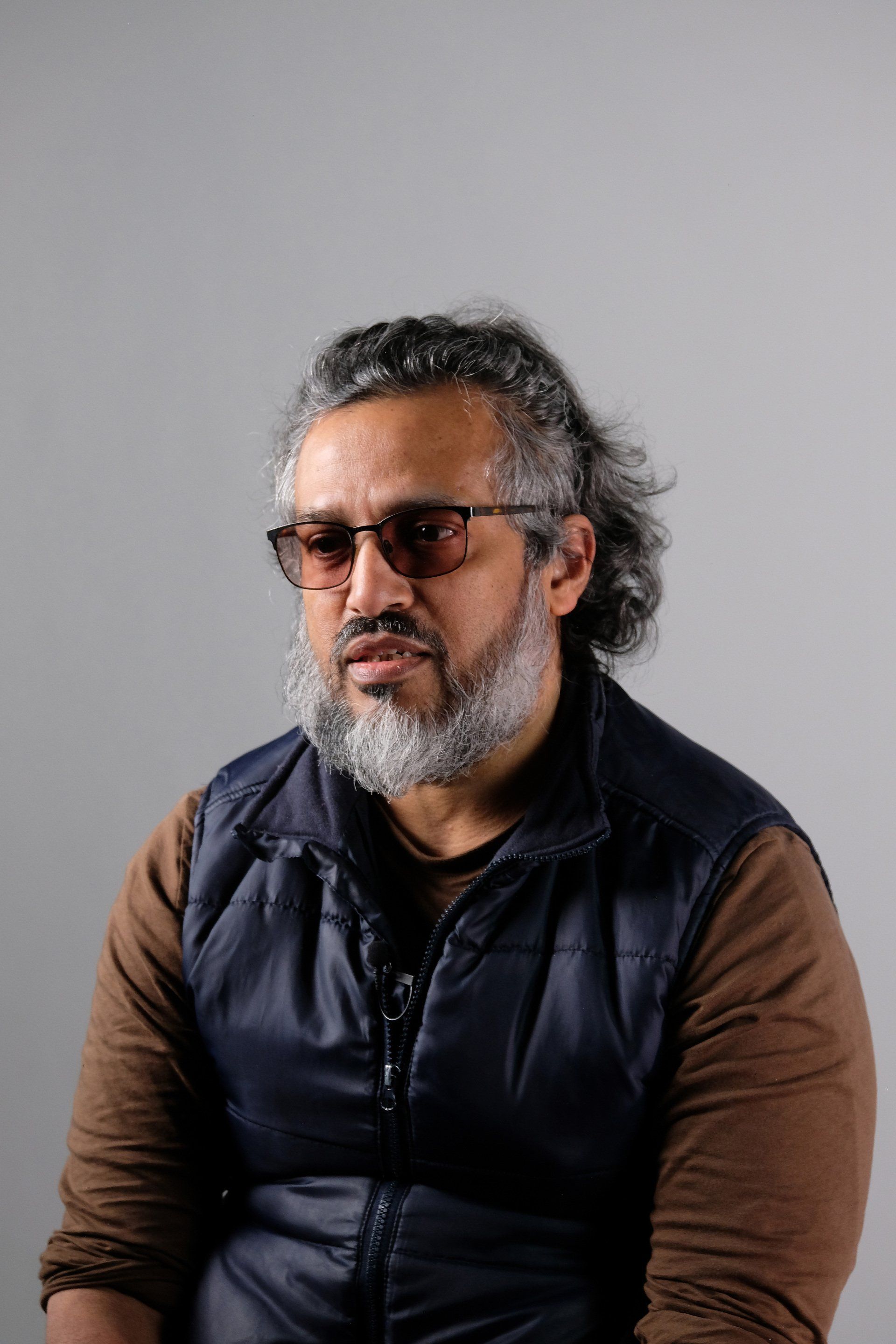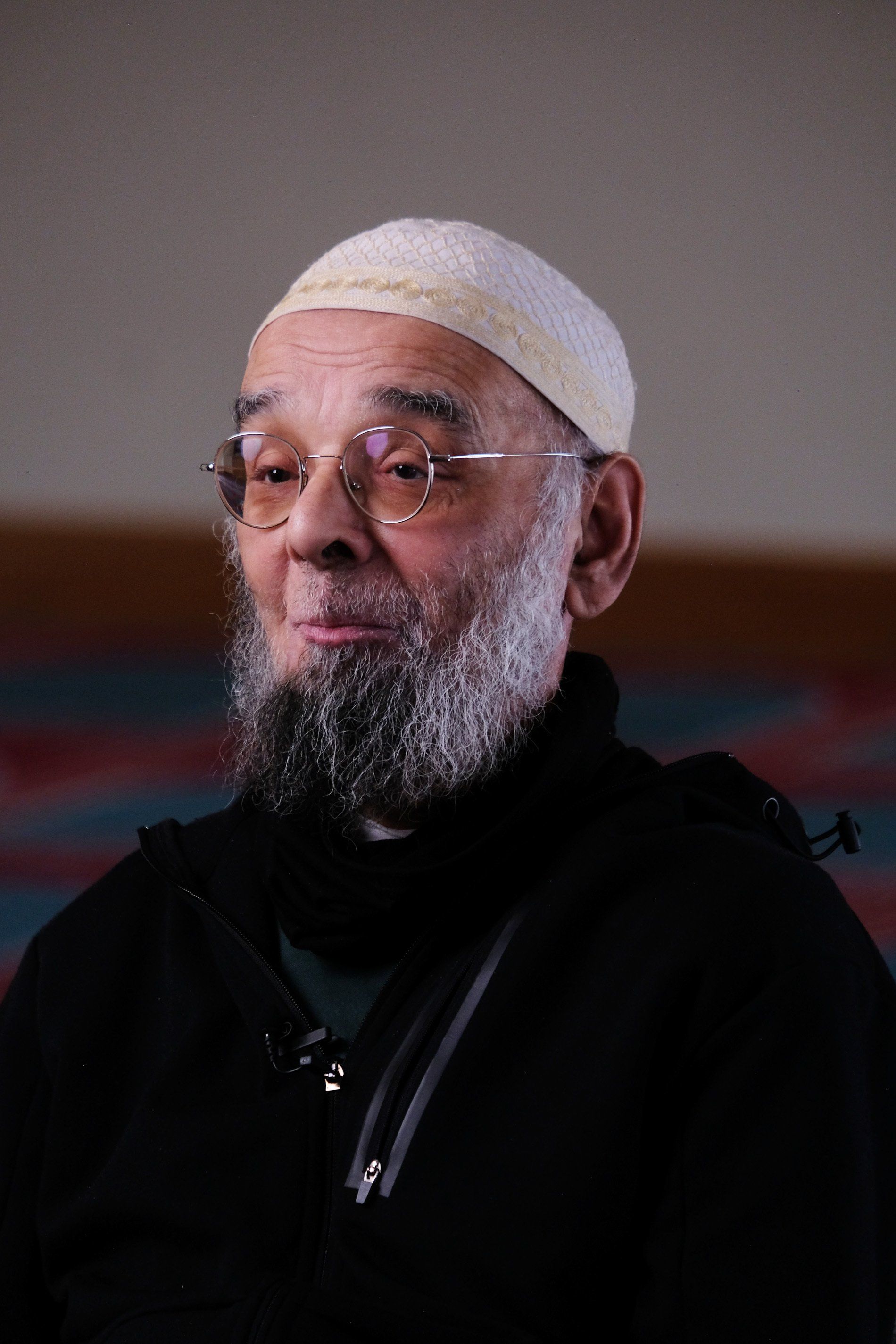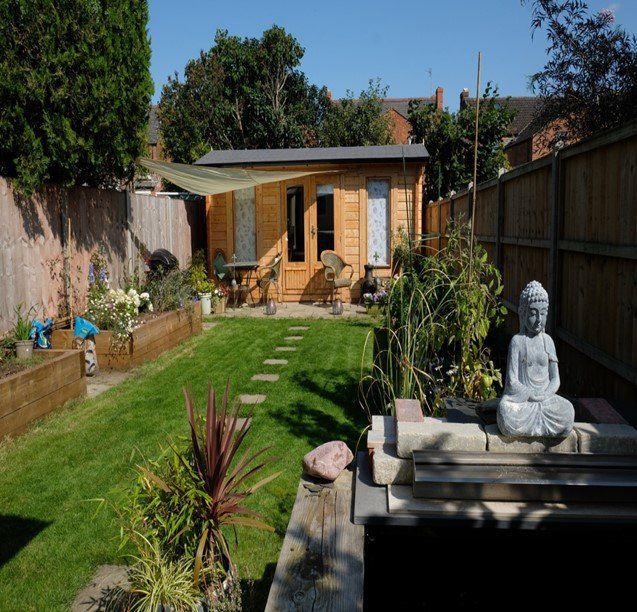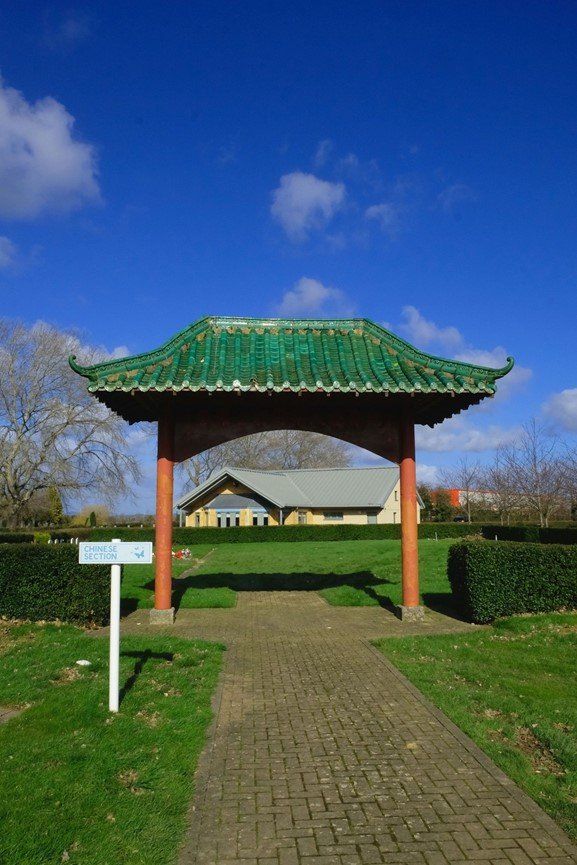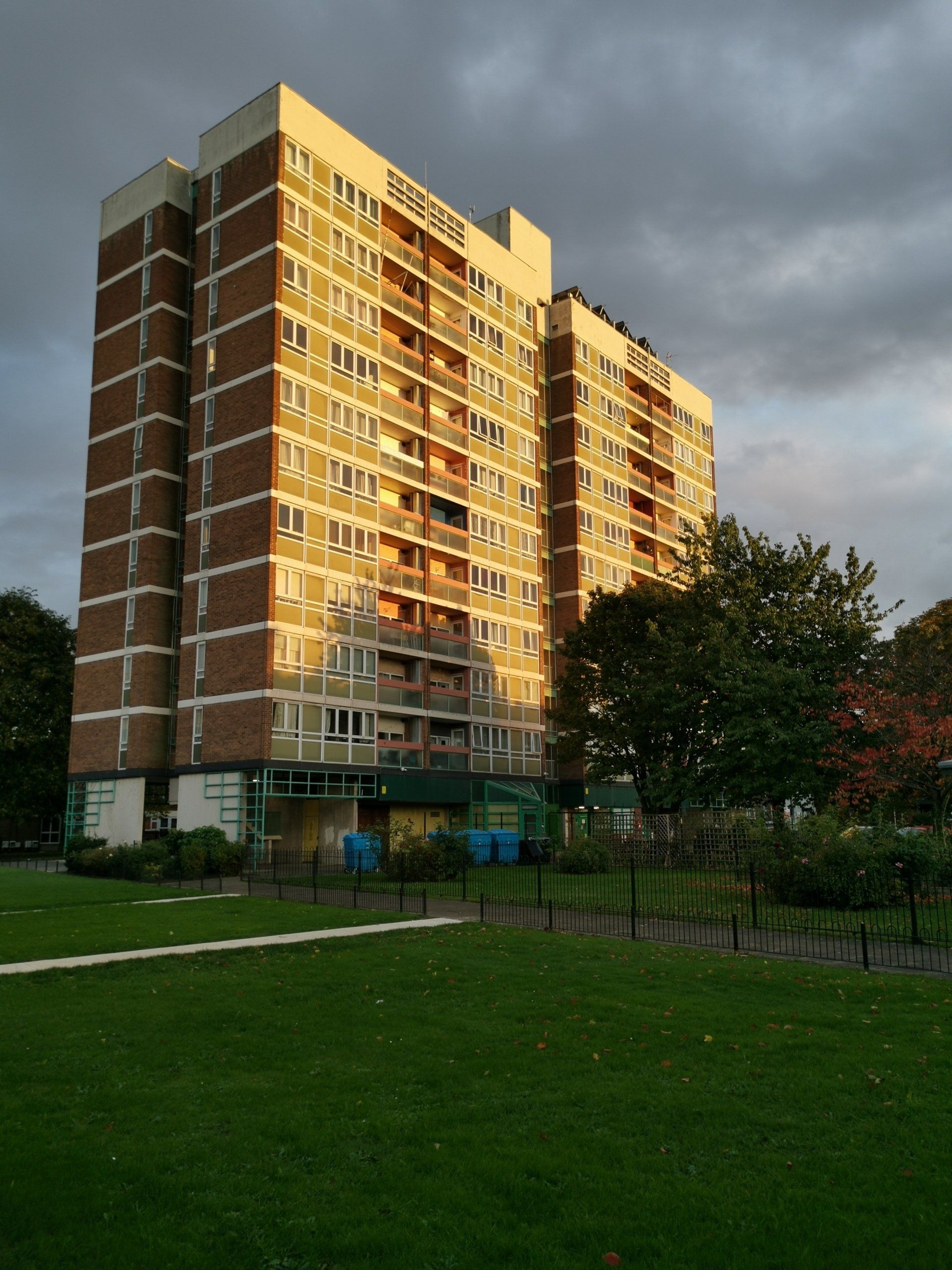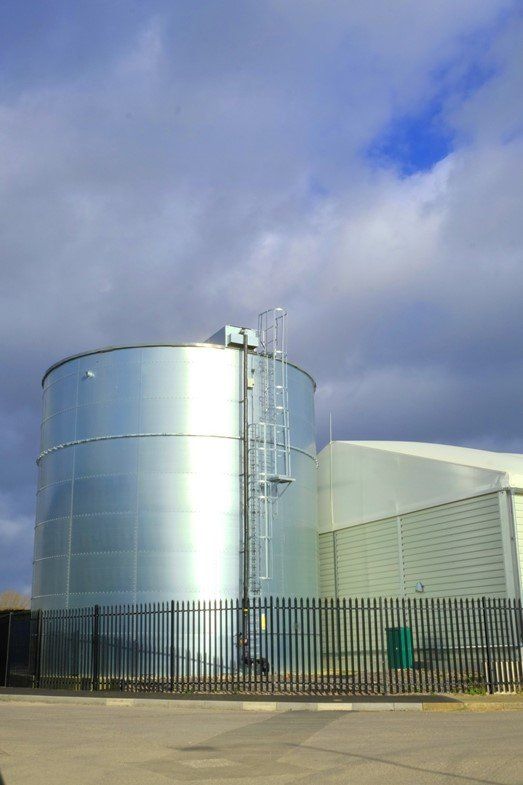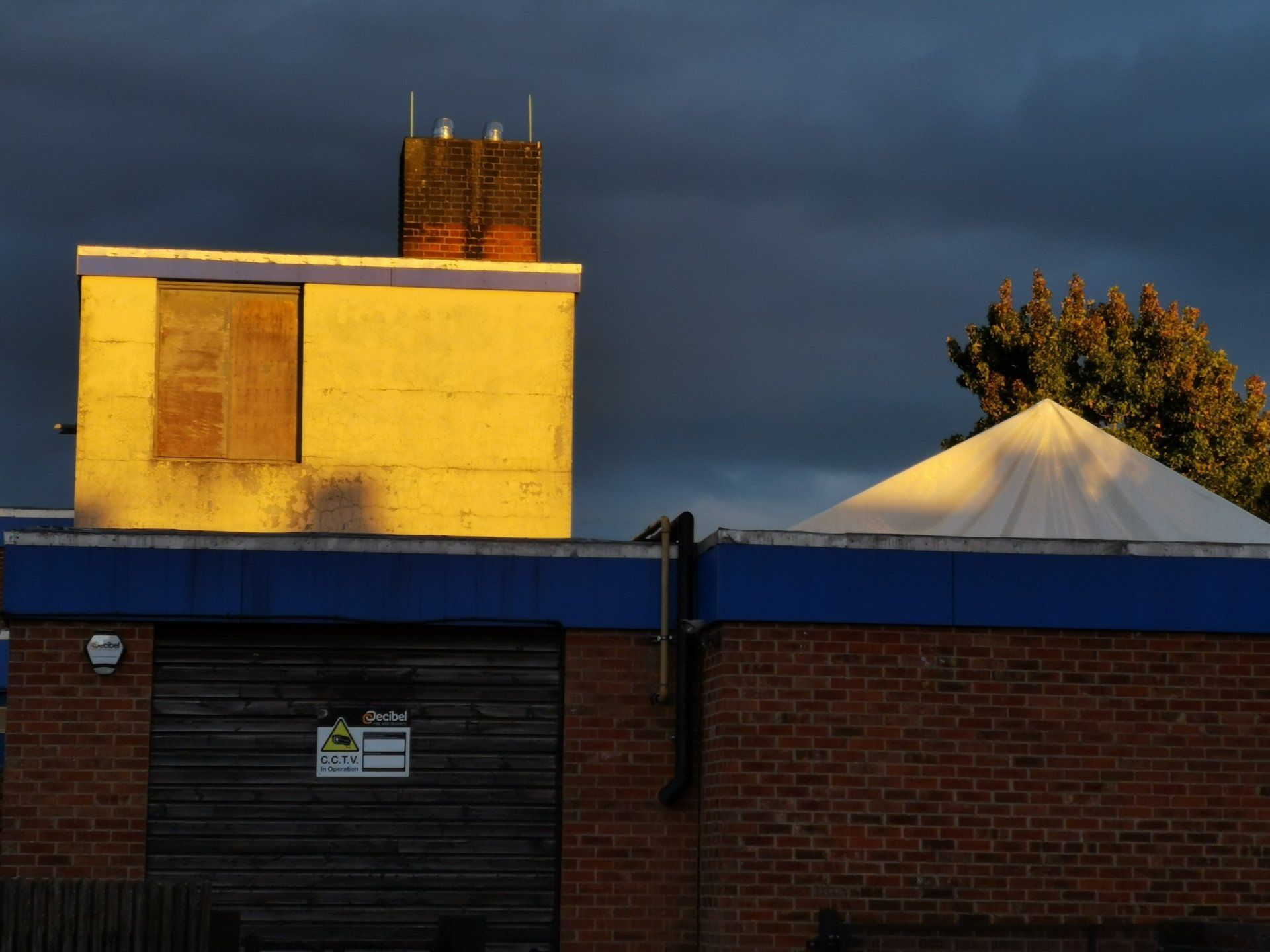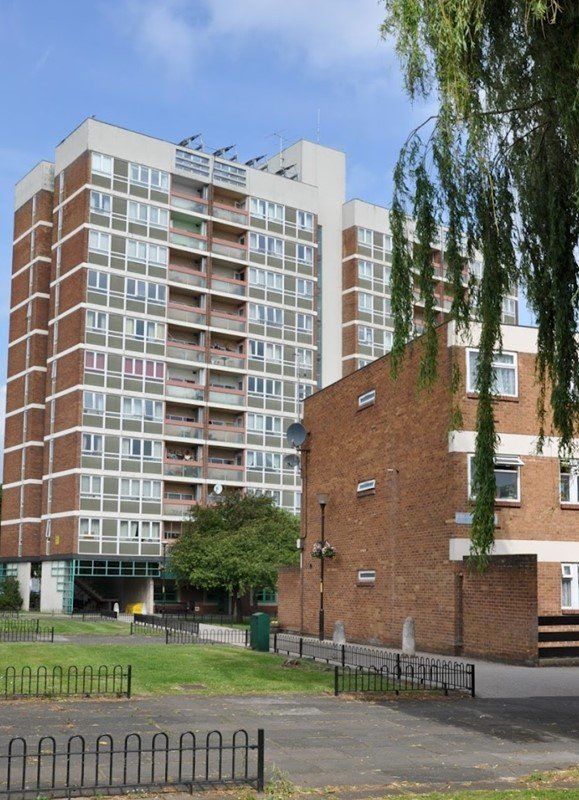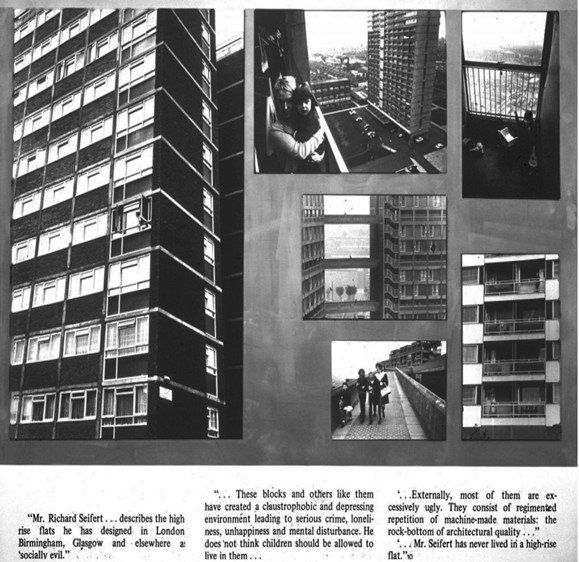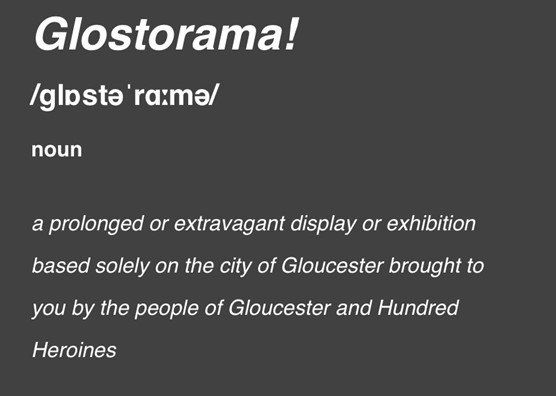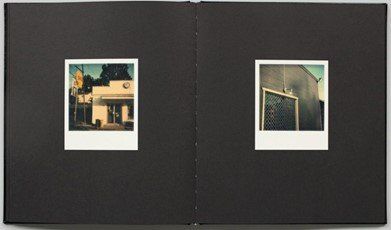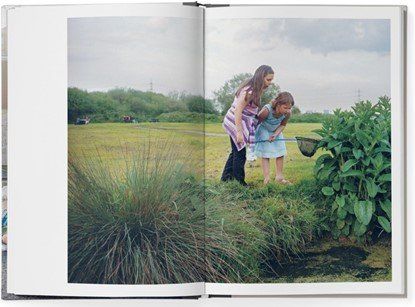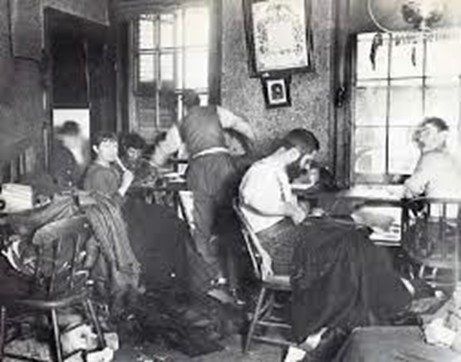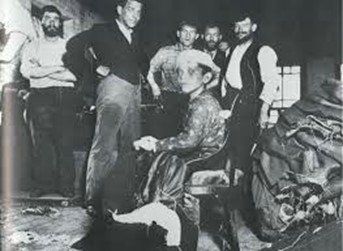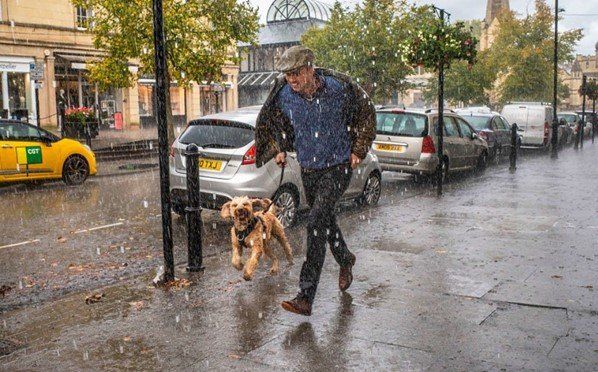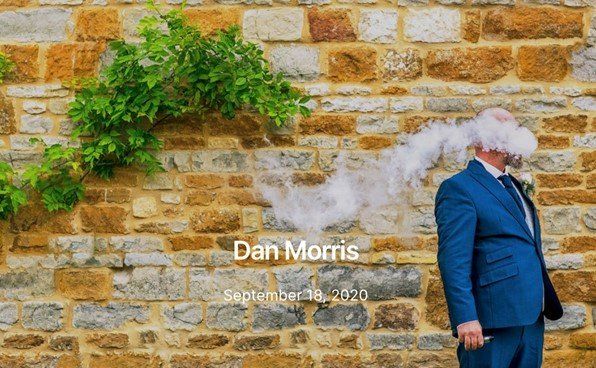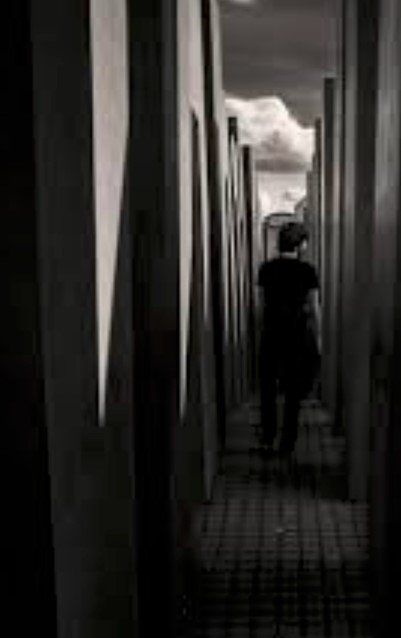RESEARCH & LATEST PROJECTS
ALEX MOREFIELD-BROOME
My Research
This work is for my BA (Hons) final major project of people and urban landscape which will look at the changing face of Gloucester which many old historical cities face today. Gloucester or Glevum, which was the city’s centre basic layout of five hundred years of Roman occupation. Gloucester was a major player in the England Civil war and later in the Victorian period developed the city by new industries related to the manufacturing of matches called England’s Glory. Then companies to make parts for aircraft with a large presence of the RAF due to the World War 2 and the production of large wagons for the railways (called the Wagons works) and then later trucks for firefighting.
RESEARCH 2019 - 2022
Plan A
Gloucester Muslim Community
The University had been approached by the Gloucester Muslim Community to produce a series of work to research and record by Video and photography. My self and another student were offered work with the community project to produce photographic images for an exhibition. Due to the change in timeline and legal restraint of copy rights this has been a slow process which means the amount of work is suitable for just one photographer. I have made the choice to support my fellow student as an assistant for this work, so I class it a professional practice for this module.
Plan B.
A Hundred Heroines
A Hundred Heroines is a Charity funded project to which supports and encourages women in the photography art world to be mentors and offer support by online and face to face training for local women. The Charity has approached a hundred women photographers to give lectures and organise exhibitions of their work to encourage women from Gloucester to develop their skills in Photography.
A secondary project is to reproduce the work of the London project of photographing a set number of streets. The Gloucester Project called Glostorama to record by the photographing the post code from GL1 to GL4. I have been asked to sit on the panel for working group on this project, so I have classed this work as a professional practice for this module but both Plan A, B and C are inter linked to the city.
- Other areas to look at maps
- History of the streets Kings
- Wars
- Plague and Covid19 - Chickenpox Jenner Mental health - work house
- Murders and killers Baby farms killers Fred and Rose West King Edward
- Bishop Hooper Schools and education
Plan C.
Tower block in Gloucester
I had hoped to focus on a tower block in Gloucester which is planned to be pulled down in the next 3 years and the residents will be displaced from their community in accommodation in Gloucester and in the shires away from family and friends. I contacted the Chair and the Secretary of the residents of Clapham tower who were very happy to help but I was informed by the Independence Living officer (that I wouldn’t be given permission by the owner, Gloucester City Housing, to photograph the Tower.
Plan D
The history of storytelling of children’s stories and poems about Gloucester will be a part of my work but also included will be the darker side of Gloucester’s history. I will be researching photographers who have produced street with historical research to support my work. The aim is to produce a book and supporting installations material to tell the story of the narrative of the people and places behind the Cathedral but remembering the past, present and future.
So, thinking about the street photography and human impact on a city or town I reflected on my knowledge of local history and my families own interest and research in their heritage going back C16th! A project I did at school was about the work of Lieut-Col E.R.P Berryman who wrote a selection of nursery rhymes about Gloucestershire, places streets and people for his daughter Roberta. My new idea was to link the poems with images of the places and people of Gloucester.
Suggested titles
- Z to A or this is where I lived GL1, past, present, and future GL1 to GL4
- Colonia Nervia Glevensium A lost city
- Rhymes or Real
But more redefections on my ideas for this project sometime history and a narrative is under your nose, it just talking to my mother about this book project. I just taken some images of the Oxtbode or the Oxbode Lane in Gloucester where history has it that an Ox got trap in the old streets of Gloucester going to the market (which is now the Bus Station). She told me that the animals were walked from the farms in Sandhurst (Gloucester GL2) via Kingsholm which passed her school in Denmark Road and one escaped into her school, so I asked her to write up her story to support the Rhyme.
So, I may call my book My Mother’s Memories: Rhymes or the real
Photo of Book and games
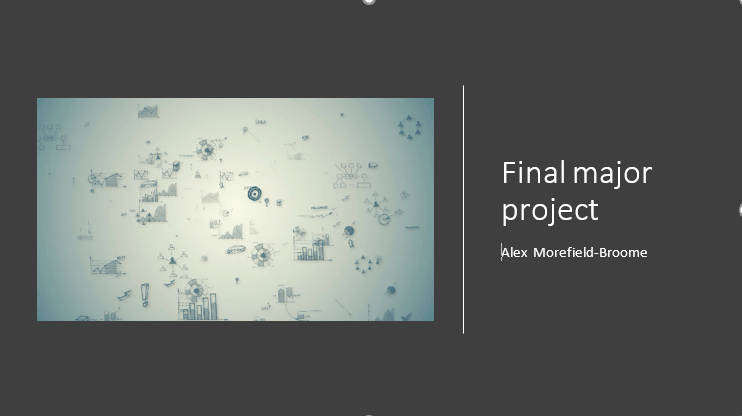
Layout of book, font text
I looked at many books for ideas for my layout as it is just as important as the images themselves. I had been given two polaroid cameras, one a 607 AF and SXx70, so I looked at other people’s work which included William Eggleston’s book called Polaroid SX-70. I like the simple layout of black paper with silver text on the front cover with a quote from Eggleston and a draftsman’s drawing of the camera.
In this book called the Adventure in the Lea Valley, Polly has single and ¾ image cover on pages in this book but in her other work, London’s Square mile: A Secret city, she has used text on the left- hand side and one of her images on the other.
My ideas are to keep to the same size as Braden’s work but to think about different colour pages like Eggleston ‘s book. I will research more on the front and text as if I used Blur, you can’t use some of fronts in InDesign and for the colour it will depend on the images I produce.
My photographic research of practitioners Research projects
In my research I looked at photographers who had combined Street photography with urban Landscapes. I also looked at photographic projects with a research body of work such as Dolores Hayden’s book called “The power of Place “. Hayden is a historian and architect who based this work on gender, race, and ethnicity by looking at public art and urban landscape to rewrite American history about diversity. In this book she combines personal stories with photographs, maps, and urban landscapes to tell a story,
Place memory is so strong that many different cultures have used “memory palaces” — sequences of imaginary spaces within an imaginary landscape or building or series of buildings— as mnemonic devices.
Dolores Hayden, The Power of Place (1995)
Something rich and strange: Manchester By Paul Dobraszcyk and Sarah Butler
This book is a narrative reflection on living in Manchester using images and text under headings such as what is atmospheres, moments, movements but I looked at the heading home and what it meant to the people of Manchester.
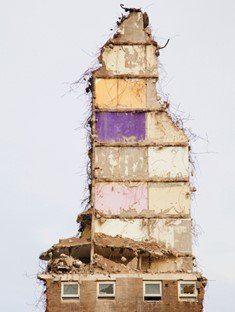
I looked at this book as it had writers, researchers, and photographers as a collective; this work includes poems and local stories from people who lived and work in Manchester. This type of work reflects on the project Glostorama.
Wendy Ewald
Ewald produced educational projects throughout the world, and she started working in the
U.K. with the Collective Radical group which included photographers, artist, writers, and illustrators. The collective radical groups such as the Halfmoon Gallery aimed to work in local communities to help and to empower the people that lived there to change their environment for the better but also give them a voice through photography. Ewald went on to work in other communities producing work in an educational process such as the American Alphabet and Where I live. The American Alphabet project worked with young people who were second and third generation migrants to express hopes, worries etc by using the alphabet.
Her other work she worked in communities taking photographs and helping them telling their stories give them a voice through photography. Ewald went on to work in other communities producing work in an educational process such as the American Alphabet and Where I live. The American Alphabet project worked with young people second and third generation
Photovoice
New Londoners: Reflection on home
This book was supported by the charity Photovoice which is an educational research method using photography to record people’s experiences about health, housing, gender and in this case war and displacement of young people from other countries to London in the UK. The group of young people were asked to record their feelings of what was home by producing photographic images of how they felt.
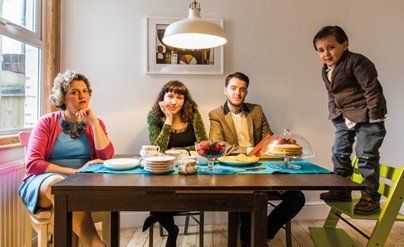
Munecas family from Uruguay -
I had hoped to take photos like this for my tower block families being displaced with their narrative of living there.
Jacob Riis
Riis was a migrant from Europe who moved to American in 1840 and lived in the place called Skid Row where most of the migrants lived in very poor living conditions. He manages to find employment as a reporter and photographer. He produced images for publication of the poor which shocked the rich and middle-class Americans. His book “How the other half live” had over 100 photographs of children and adults living in Skid Row. He also produced detailed research on the different types of migrants, the types of housing or the lack housing, clean water, and sanitation. His work enabled change in living conditions, better housing, and green spaces.
Polly Braden: London’s square mile
Polly produced a series of work within the London Square mile which is the financial hub of London from the Stock Exchange to London's Bank of England. In this beautiful book she balances the Landscape of the city and the people who live and work there. This body of work took over 3 years photographing the streets of the Square Mile. Supporting the images, she took she decided that in her book the layout has placed text of research about the street or building
Through my contacts in the Hundred Heroines and I found that Polly is one of the hundred in the Gloucester project.
So, I decided to contact Polly by email if she could talk about her book and give me some advice on my project. With great surprise I received an email from her to arrange a meeting online or by phone call, which we had a day later.
We talked about her book and my work, where in the city there are more urban buildings of various ages and the fact most of the images had been taken when the light was good. She said that must be out in all weathers taking photographs and all times of day but if I need to have people in the shots then think about if it’s raining (which is most likely in Gloucester). Are the people using black or colour umbrellas, could I use that in my work? Think about shapes, shapes, light, colour, and reflection. Polly said don’t send her a contact sheet but one or two images to support the text in my book, which was lovely!
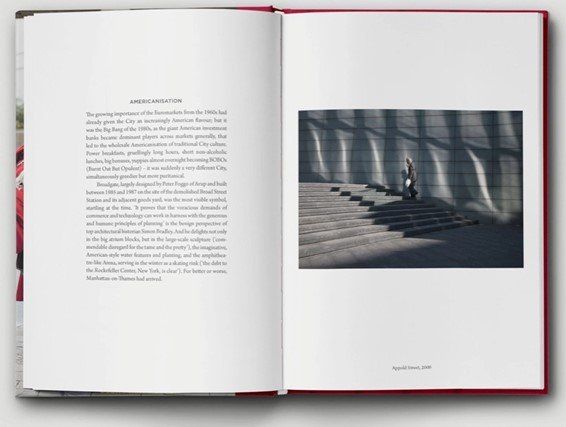

This is one of the images Polly and I talked about regarding rainy weather and to look for reflection. she said it was a grey wet winter day and she was looking at the golden light from an office and shop building, “I just waited for someone to walk through the door, when I saw this woman a carrying a red umbrella and red bag thinking about going out into the rain”. Polly said you can see me in the image!
Peter Mitchell book Strangely familiar and Refutation of the Viking 4 Space Mission
Peter Mitchell moved from Manchester to Leeds in the 1970‘s living in Chapel town which was and still is multi-cultural but with the two Universities, the Art College and Park Lane college there are more students living in this area. Leeds at the time Mitchell lived there the textile and mining industries with closing down and working-class people relied on factories and the coal industry work which affected small businesses such as corner shops and local pubs. His work of Strangely familiar was to record urban streets of Leeds. The photographs were due to the fact it was colour film which had ageing appearance due to the with strange colour tinge which strangely represents the colour of fashion of the period of the 1970’s.
In his later book Refutation of the Viking 4 Space Mission which tells the story of someone from the planet Mars who visited Leeds. The book layout has a cleverly twisted that image are framed with map references to suggest that it was photographed by the visiting space craft Viking. The book also had images from Mars which shows the red and brown earth and rocks which links the colour to his work of the 70‘s but tells the story of the Space rocket leaving its home planet.
I lived in Leeds from 2003 to 2013 so I knew of some of places and buildings even though the city has been given a lot of money for regeneration. Seacroft, which is still an area of urban decay, unemployment, and crime, the area was used as a major backdrop for the TV detective programme “Frost”. Last year I went back to Leeds and saw Michell’s work, which was an exhibition, ironically the chapel in this photograph has now been revamped to a community hub radio centre and exhibition area where his work was shown! Sadly, the little shop is no more but I got talking to a chap there and he used to be a paper boy for the shop, he said “that they were lovely couple, but it was known that she lived over the broom but always looked nice!”
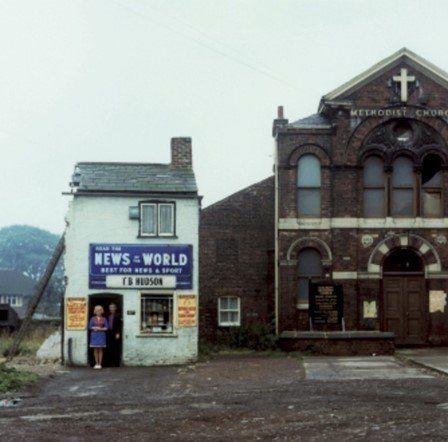
The comparison of the two buildings, where the sign over the white painted shop and the Methodist church would have a sign up which could say it’s the end of the world and newsagent sells news of the world, but it was as you can see the end world for that street community. It’s a big pity the photograph didn’t include that ‘end-of-the-world’ banner!
William Eggleston
Eggleston is an observation photographer of Urban Street and Portraits. I think due to the fact when he started taking photographs it was all film which due to the cost of processing and printing the photographer would have to make selective choices on what and where to photograph. The images in William Eggleston’s Guide and his book Los Alamos uses colour, shape, and space but in comparison with Mitchell’s works Eggleston has the luxury of light but they both have the hue of colour which reflects the period it was taken. He has produced a series of work on colour which he became a master. Research has shown that fashion, either women’s fashion or internal design, is reflected on what is happening in the world. His work combines with objects, places and people manly shot in the middle to deep South USA.
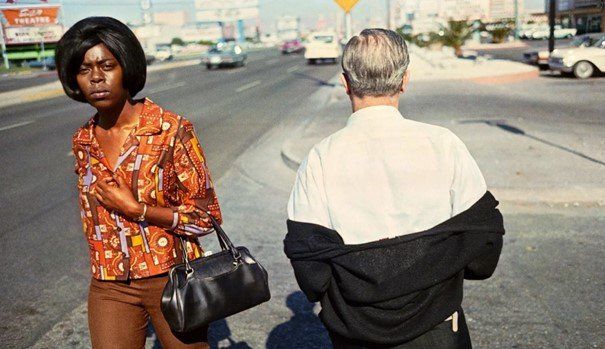
Eggleston recorded images about race but in this image, he is using colour as a statement, the black woman dress in gold and browns walking towards the photographer and the old white man with a white shirt and black jacket walking away. The two are contrasted in different lives and how the world treat them.
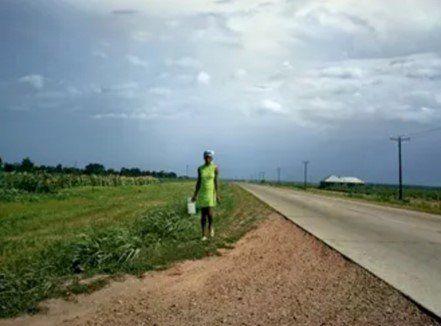
This image shows a young black woman carrying a water bottle, she is placed in the center of the image, the question is where is she going? The road disappears into the horizon with no traffic. The hue of this image is green to blue, a green healthy grass with a crop of either corn or sugar, and she is dressed in green with a blue head headscarf which matches the sky in colour.
John Davies
Davies was born in Country Durham in the late 1940’s, where he saw major changes in the landscape of industries due to the adjustment of economic funding in coal, shipping, and steel. He grew up in coal mining and farming communities in County Durham and Nottinghamshire, and this combination of open space and industry was to become a persistent motif in his creative work. His work at the start was mainly film and darkroom techniques using medium and large format cameras (4x5). His work on “The British Landscape” of images of natural and industrial elements of black and white imagery of the city and country.
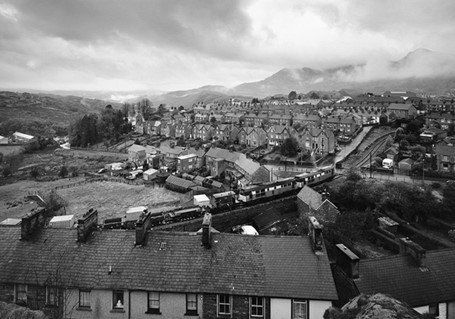
This could be anywhere in the Northeast or Northwest and Wales of hillside village showing a train line taking coal or miners to work.

This image I enclosed has the natural river with early Victorian factories and viaduct with electric diesel train and a 1960-70 tower block next to workmen’s cottages.
This could be anywhere in the Northeast, Northwest or Wales of a hillside village in Wales showing a train line taking coal or miners to work.
Dan Morris
In comparison to Davis’ work Dan Morris uses colour and light in his urban work which includes people. His work at as a wedding photographer funds his other work but it still has an underline edge of street photographic work. This was taken in Harrogate, Yorkshire of a man running his dog. I like that the dog is running and has been shot nearly in mid-air.
David Higgins
Is a Christchurch based architectural photographer with over 10 years’ experience but before becoming a full-time photographer who would have an impact on his work. David Higgins worked in architecture practices in New Zealand, London, and Australia. His work has been published in numerous architecture magazines, books and websites around the world, such as including Architecture NZ, Interior Design (New York), Dezeen, Arch Daily, Progressive Building, The Design Guide, Concrete magazine, Garden Design Journal (UK) and multiple award submissions .Higgins shoots digitally that it is the feels format is suitable for his work that can provide the most benefit to the client with professional retouching and post-production .The Quality of his work shows the detail of the building in line, shape and colour or not as he has produced many black and white images , such as the memorial of Jewish people lost in the Second World War which is in the Berlin capital of Germany where I visited 2 1/2 years ago.



